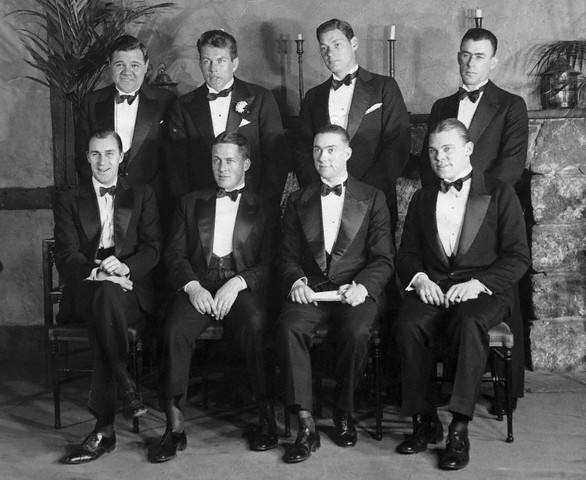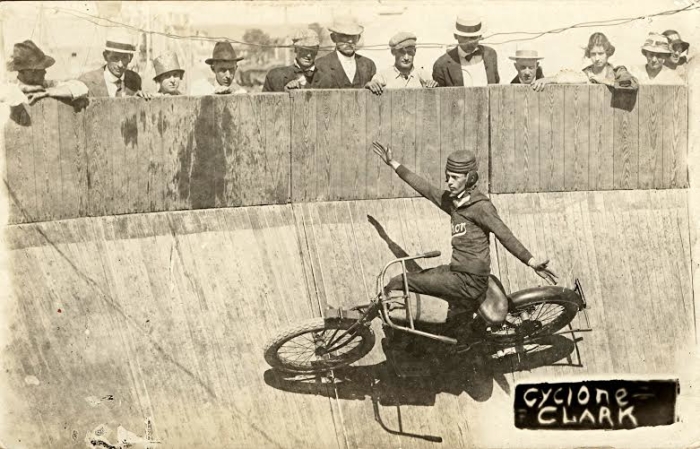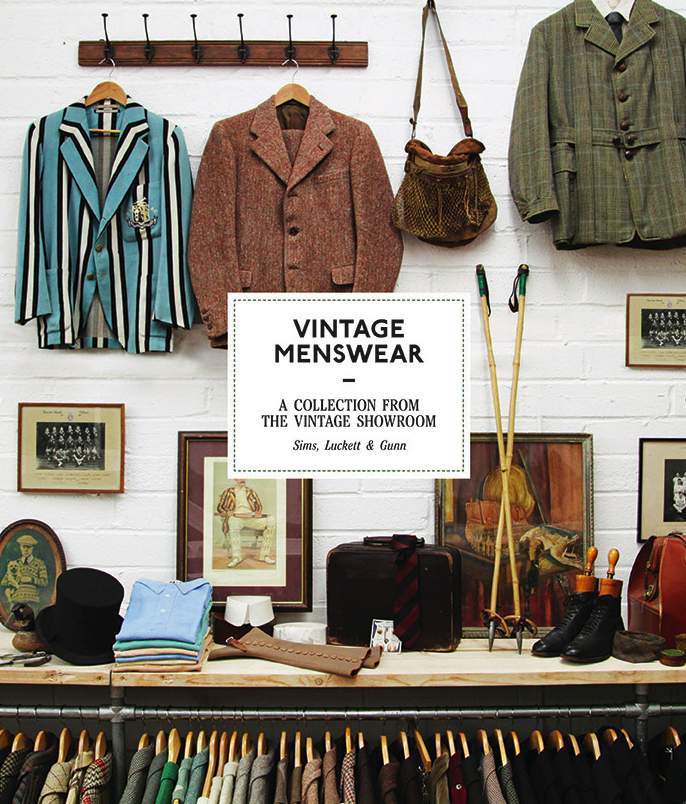“Normally, I could hit hard enough, as anyone who studied my fights might have known. But the impression was that I was essentially defensive, the very reverse of a killer, the prize fighter who read books, even Shakespeare.”
––Gene Tunney
~*~
A 1st generation American of Irish descent, James Joseph ‘Gene’ Tunney is ranked among the top heavyweight boxing champions of all time. The epitome of the self-made man, Tunney was one of seven children who quit school at 15 yrs old, served in the marines (crowned U.S. Expeditionary Forces champion) during WWI, and was a lumberjack for the J.R Booth Company of Ottawa. While in Canada he kept the fact that he was a boxing champ to himself, claiming he “wanted the solitude and the strenuous labors of the woods to help condition himself for the career that appeared before him.”
Of 82 bouts, Gene Tunney lost only once, was knocked down only once (by Jack Dempsey, no less), and was never knocked out. A thinking man’s boxer, he was known as an intelligent, defensive boxer who “treated boxing as a sweet science” and would out-point his opponents, unlike many of the sluggers (Jack Dempsey, Harry Greb, etc.) of the day. Tunney also possessed great punching power, and could stand toe-to-toe when needed– like when he defeated Harry ‘The Human Windmill’ Greb with an unrelenting punishment of body blows that brought the brawler down. He was reigning world heavyweight boxing champion from 1926-1928, and was also crowned Ring Magazine’s first-ever ‘Fighter of the Year’ in 1928.
1928 was also the year Tunney married his beautiful bride, Polly Lauder. She was a wealthy well-healed socialite (related to the Carnegie family) whose father, George Lauder, Jr. was a philanthropist and accomplished yachtsman who once held the record for the fastest trans-Atlantic yacht passage ever made. Upon their marriage, Tunney promised his bride that he would quit boxing for good. True to his word, he would defend his boxing title just once more (after his rematch with Jack Dempsey) against challenger Tom Heeney of New Zealand. The couple made Stamford, Connecticut their home and raised four children together.
Gene Tunney seldom spoke about his days in the ring with his children. His son Jay, who wrote “The Prizefighter and the Playwright: Gene Tunney and Bernard Shaw,” recalled that the first time had any inkling of his father’s fame was in 1944. The family went to the rodeo at Madison Square Garden, and Roy Rogers, riding out on Trigger, announced that Gene Tunney was in the crowd, and spotlights shone on where he was sitting. “At first I thought the lights were for me,” his son, Jay Tunney said. “But then there was this huge wave of applause.” And rightly so. Gene Tunney was a class act.
–

World champion athletes — from top row, left to right; Babe Ruth (baseball), Gene Tunney (boxing), Johnny Weissmuller (swimming), Bill Cook (hockey). Bottom row, from left to right; Billl Tilden (tennis), Bobby Jones (golf), Fred Spencer and Charlie Winters (6-day bicycle race). — Image by © Underwood & Underwood/Corbis
–
–

August 27th, 1927, Speculator, NY — Gene Tunney, heavyweight champion of the world, who will defend his title against the former title holder, Jack Dempsey, in Chicago, September 22nd, is daily engaging in light training. He will not start heavy work until he reaches Chicago about September 1st. Here, Tunney is engaged in his favorite recreation, reading. — Image by © Underwood & Underwood/Corbis
–
Continue reading →


















